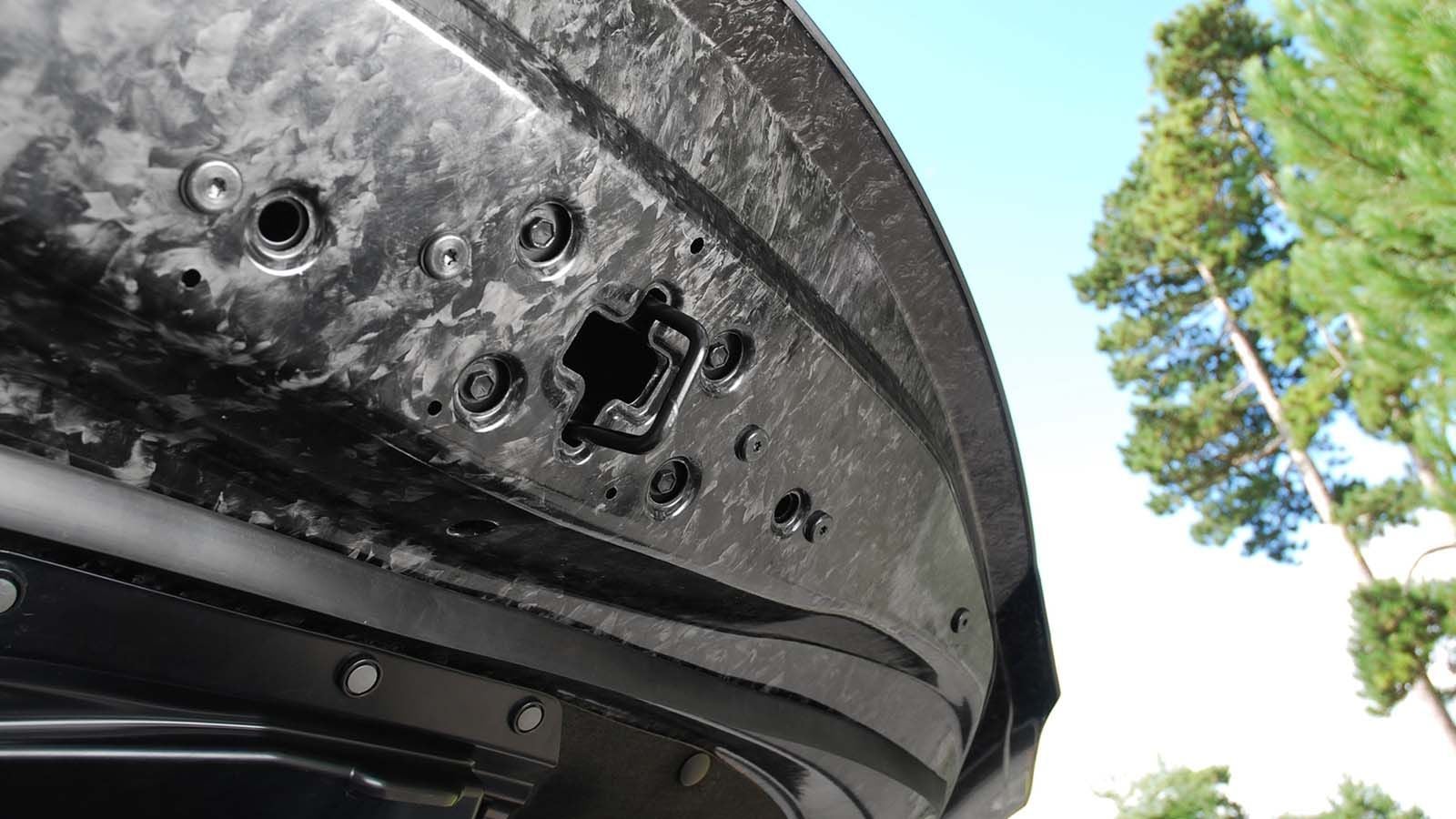Everything You Need to Know About Lexus' Carbon Fiber
The Lexus RC F and LFA are a dream-come-true for the carbon fiber enthusiasts. Here is what you need to know about the exotic material used by the legendary Japanese company.










1. Lexus Use of the Carbon Fiber
The use of the carbon fiber dates back way prior to the RC-F. Lexus first applied the unique material while they were building the LFA model. In the middle of designing and building the LFA, engineers decided to make the switch in the construction of the monocoque chassis from aluminum to carbon fiber, a decision that was based on a promotional plan. The marketing strategy, however, was based on innovative technology that would lead to a performance edge amongst most competitors.
>>Join the conversation about Lexus's Use of Carbon Fiber right here in the Club Lexus Forum!
2. Using Carbon Fiber
The use of carbon fiber seems like a no-brainer for the automotive industry. After all, the material is extremely rigid, as well as weighs far less than most metals. The use of carbon fiber allows for a great high-strength-to-weight ratio, making it the perfect addition to performance vehicles, as well as a great invention for fuel-efficient automobiles. However, using carbon fiber is not as simple as it may seem, and the quick substitute from metal to this composite material would mean a tremendously costly process.
>>Join the conversation about Lexus's Use of Carbon Fiber right here in the Club Lexus Forum!
3. Lexus and Carbon Fiber
Being that carbon fiber is much lighter than aluminum, Lexus had to find a way to be able to mass produce vehicles with the unique material. The Japanese company used all of its resources to build a clever circular loom that would make each strand of carbon fiber to be woven into individual components. The machine was the gate that paved the way for the revolution of carbon fiber as a mass-produced material for cars.
>>Join the conversation about Lexus's Use of Carbon Fiber right here in the Club Lexus Forum!
4. Carbon Fiber in the LFA
The Lexus LFA is constructed from various materials, like aluminum, magnesium, and titanium; however, 65% of its construction is blended carbon fiber reinforced polymer, also known as CFRP. To create the CFRP material, the process includes three major steps: Prepreg, Resin Transfer Moulding, and Carbon Fiber Reinforced Sheet Moulding Compound. The Prepreg involves tremendous hours and even more cost, as it's the process of impregnating the sheets of carbon fiber with liquid thermosetting resin, then heated, and finally pressed into the desired shape. The next step is the Resin Transfer Moulding, and this involves drying the liquid resin. Finally, the last step is where the fiber material is pressed using heat in a die to form the Carbon Fiber Reinforced Polymer that makes the LFA special.
>>Join the conversation about Lexus's Use of Carbon Fiber right here in the Club Lexus Forum!
5. The Results
Since the carbon fiber material is resistant to bending force, Lexus used it for various parts of the LFA, including the brake discs. The innovative carbon ceramic material allows for a long life, as it makes for a fade-free performance, not to mention the impressive weight reduction. The first appearance of the carbon fiber material in the LFA was also on its body panels, spoiler, and all around its cabin in a track-ready LFA. The result was astonishing, as it conquered the Pikes Peak hill climb in 2012. Then again in the year to follow and finally finishing first in the legendary Nurburgring race.
>>Join the conversation about Lexus's Use of Carbon Fiber right here in the Club Lexus Forum!
For help with service of your car, check out the how to section of ClubLexus.com
